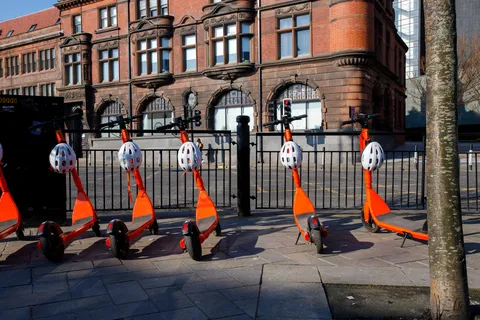A separate crawler lane for heavy goods vehicles (HGVs) and average speed cameras could be implemented on the A34 road in the UK to help improve safety. The Herald newspaper says the plan is part of a multi-million pound set of safety measures proposed by Oxfordshire County Council's transport panel following a number of recent deaths on the road.
Six people have been killed on the A34 already this year, one less than the last five years combined, and it is hoped the measures will improve people's drivi
October 5, 2016
Read time: 1 min
A separate crawler lane for heavy goods vehicles (HGVs) and average speed cameras could be implemented on the A34 road in the UK to help improve safety. The Herald newspaper says the plan is part of a multi-million pound set of safety measures proposed by Oxfordshire County Council's transport panel following a number of recent deaths on the road.
Six people have been killed on the A34 already this year, one less than the last five years combined, and it is hoped the measures will improve people's driving and make the road safer.
The measures will be put to8101 Highways England, the authority in charge of the road, later this month.
Six people have been killed on the A34 already this year, one less than the last five years combined, and it is hoped the measures will improve people's driving and make the road safer.
The measures will be put to









